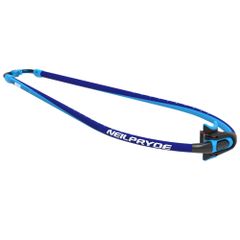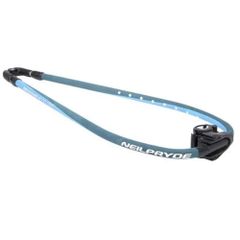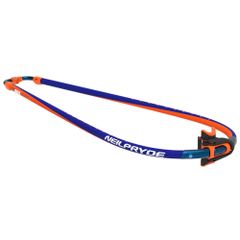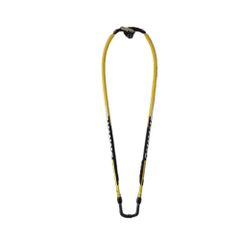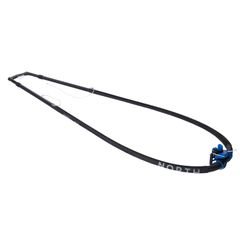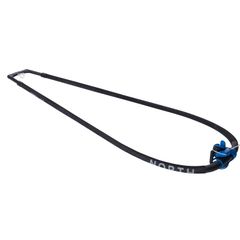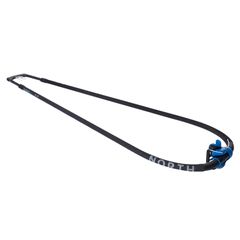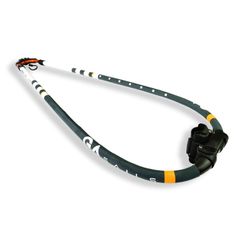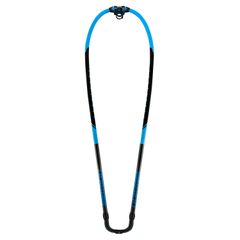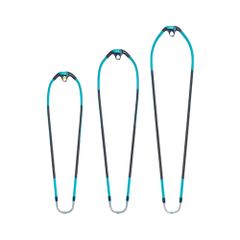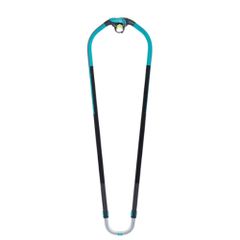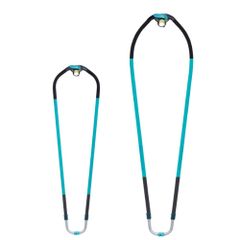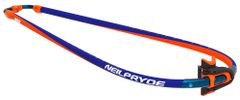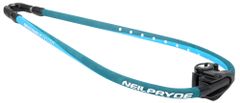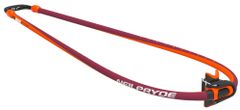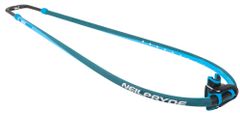Telstar Surf blog
What is the ideal boom height?
We will help you determine the ideal boom height!
Windsurfing is one of the most popular water sports that offers the perfect combination of power, speed and connection with the elements. It may seem simple, but there is much more to it than meets the eye. One of the most critical aspects of windsurfing is the boom height. In this blog we will tell you why the ideal boom height is very important for a successful windsurfing experience and how to determine this height.


Boom height
The answer to the question "what is the right boom height" is very simple. You see, there is no fixed boom height, not even related to your own height. There is, however, an ideal boom height for the current conditions and the type of windsurfing sail you will be using. In fact, varying the height of the windsurfing boom can have a surprising effect on the handling of your sail:
- Lowering the boom generally gives more control and pushes the nose of the board down in tricky/overpowered conditions. This reduces the pressure on your arms, legs and lines.
- Raising the boom - higher than the shoulders, can give extra elevator and make you plan faster.
Sometimes the effect lies in the way the boom height changes your body position, but in addition, changing the height of the boom can also be seen as an additional addition to the trim of your outhaul / boom tension of your sail.
For example, lowering the boom increases outhaul tension, while raising it reduces tension and creates more bulge in your sail.
By changing both the boom height and the outhaul / boom tension (and downhaul) tension, you can actually ensure that the sail has a wider range of use in different conditions, reducing the need to change sails. Include the mast foot position in this story, and you arrive at a lot of variables for proper trim. (Mast foot forward for control and strong wind, mast foot back for light wind / fast planing!)
''The ideal boom height is essential for a successful windsurfing experience''
Where do you start?
A starting point to determine the 'ideal' combination of trapeze line length, boom height and trapeze hook height is to stand with your board on the beach, in half wind, a short distance in front of your footstraps and hook in with your trapeze. Shift the boom up/down until you feel you can "hang lightly. If this doesn't work, stand on your board close to your sail. Put the boom a little below shoulder height and use this as a starting point to try out the height. Set the starting height of the boom slightly higher for big sails and wide boards. The best height is somewhere between chest and eye level.
There are also a lot of "ideal" combinations for specific disciplines such as wave or speed surfing depending on personal preference and conditions. When wavening, for example, a lower boom allows for more radical bottom turns, especially in light wind conditions. Speedsurfers also still vary in preference whether they prefer a low boom and short trapeze lines to use more pressure to keep more lift to a higher boom and longer lines for more elevator.
Again, it's mostly about your personal preference.


Conclusion
The best advice is to 'tune' the variables with small steps and feel/experience what the result is. Of course, the beauty of adjusting the boom height is that you don't have to go back to the beach, but have a quick and easy 'tuning' method on the water. Changing this height can work very effectively if you are suddenly overpowered or underpowered and are too far from the beach to briefly change the position of your mast foot and/or downhaul.


